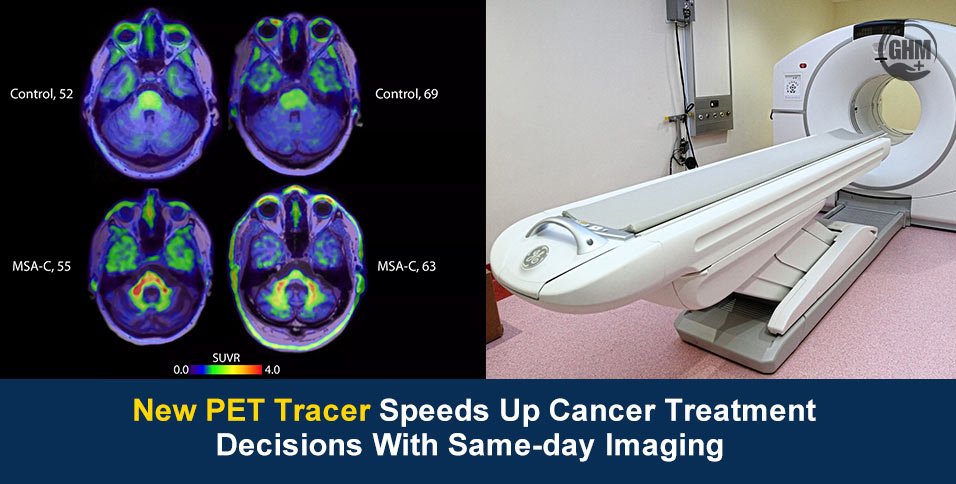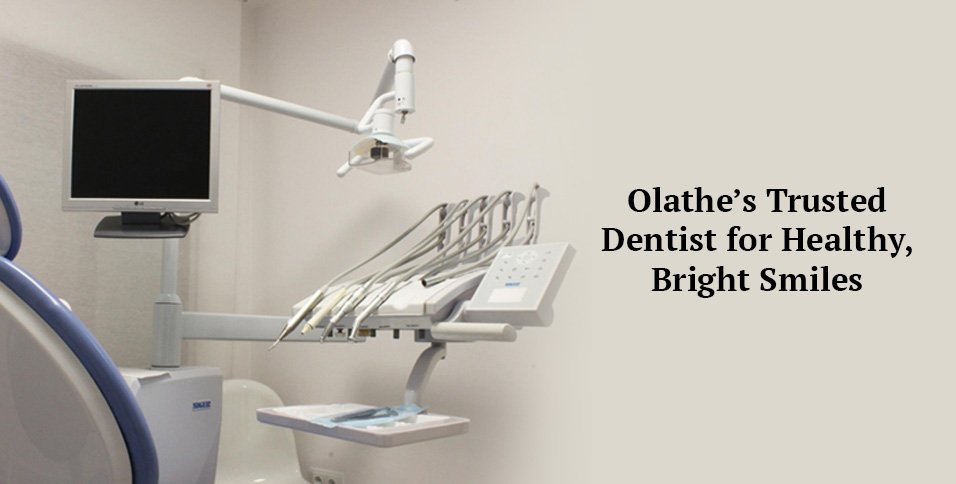Scientists have developed a new PET tracer that can visualize cancer-related proteins in just four hours. This means that instead of waiting days for results, doctors could make treatment decisions on the same day. This discovery in cancer imaging may soon transform the way doctors diagnose and treat aggressive cancers.
This breakthrough has the potential to improve outcomes for patients with triple-negative breast cancer (TNBC) and urothelial bladder cancer (UBC), two types of cancer known for being difficult to treat.
According to research published in The Journal of Nuclear Medicine in September, this technology could significantly reduce delays, lower exposure to unnecessary treatments, and bring hope to patients and families dealing with these aggressive diseases.
“This study demonstrates that the new PET tracer exhibits rapid, specific, and sustained accumulation in tumor tissues, enabling accurate, noninvasive visualization of protein expression,” said Lei Kang, MD, PhD, of Peking University First Hospital.
Faster Cancer Diagnosis with PET Tracer
Traditional PET scans often require long waiting periods because of the tracers used for them. They take several days to provide a clear picture of tumors. This can lead to delays in diagnosis and treatment planning. This new scan solves this problem by providing high-contrast images within four hours of injection.
Key Advantages:
- Rapid Results: Tumors can be visualized on the same day, reducing patient anxiety and stress.
- Lower Radiation Exposure: The tracer clears quickly from non-tumor tissue, making the scan safer.
- High Accuracy: It specifically targets a protein called nectin-4, which is commonly overexpressed in TNBC and UBC.
- Better Treatment Guidance: Helps doctors determine which patients will benefit from therapies targeting nectin-4.
How the Study Was Conducte
Researchers focused on two versions of the PET tracer:
- Full-length antibody tracer – ⁶⁴Cu-NOTA-EV
- Fragmented antibody tracer – ⁶⁴Cu-NOTA-EV-F(ab′)₂
The fragmented tracer showed remarkable results by achieving peak uptake in tumor tissues within just four hours. It also cleared from other parts of the body quickly, reducing background noise and improving image clarity.
Steps Taken in Research:
- Cancer cell lines for TNBC and UBC were tested for nectin-4 expression.
- Laboratory experiments confirmed the tracer’s ability to bind specifically to this protein.
- Animal models were used to test how well the tracer highlighted tumors.
- Imaging showed a clear distinction between tumor and healthy tissues within hours.
Game-changer in Cancer Care
This new PET tracer could be a game-changer for both patients and doctors.
1. Faster Treatment Decisions
Time is critical when treating aggressive cancers. By providing same-day imaging, this technology allows oncologists to make quick decisions for the best course of action.
2. Avoiding Ineffective Therapies
Patients are often started on treatments that may not work for their specific type of cancer. The PET tracer helps identify which patients are most likely to respond to targeted therapies, sparing them from unnecessary side effects.
3. Reducing Stress for Patients and Families
Waiting days or even weeks for scan results is emotionally draining. With this rapid imaging, patients can get answers within hours, leading to less anxiety.
4. Lower Costs for Healthcare Systems
By guiding doctors toward the right treatments sooner, the new tracer can prevent wasted resources on ineffective therapies, ultimately reducing healthcare costs.
Understanding Triple-Negative Breast Cancer & Urothelial Bladder Cancer
Both TNBC and UBC are known for their aggressiveness and limited treatment options.
- Triple-Negative Breast Cancer (TNBC):
TNBC lacks three common receptors, estrogen, progesterone, and HER2, which means many standard breast cancer treatments don’t work. Identifying new targets such as nectin-4 is crucial for better outcomes.
- Urothelial Bladder Cancer (UBC):
This is one of the most common bladder cancers, and recurrence rates are high. Early detection and targeted treatment are essential to improve survival rates.
The new PET tracer offers a precise way to locate and monitor these cancers, giving doctors a valuable tool in their fight against these diseases.
Expert Perspectives
Oncologists and researchers are optimistic about the changes this discovery could bring to cancer treatment.
“This breakthrough is a significant step forward in precision medicine,” said Dr. Kang. “It can help us match the right patient with the right treatment, much faster than before.”
Cancer patient advocates are also hopeful. Faster imaging could mean quicker access to clinical trials and innovative therapies, offering new hope for those facing aggressive cancers.
Limitations and Next Steps
While the findings are exciting, there are still hurdles to overcome before the tracer can be widely used.
- Preclinical Stage:
The current results come from animal studies. Clinical trials in humans are needed to confirm safety and effectiveness.
- Regulatory Approvals:
The tracer must go through rigorous testing and approval processes before it can be adopted in hospitals.
- Scalability:
Producing the tracer at a large scale for widespread use will be another challenge researchers must address.
Despite these limitations, researchers believe the new PET tracer has strong potential to reshape cancer diagnostics.
Conclusion
The development of a new PET tracer capable of producing clear, accurate tumor images within four hours represents a breakthrough in cancer care. By enabling same-day treatment decisions, it promises to reduce patient stress, improve outcomes, and make cancer care more efficient.
If clinical trials confirm its effectiveness, this innovation could soon become a standard tool in hospitals worldwide. It will give doctors and patients a much-needed advantage in the fight against aggressive cancers like TNBC and UBC.
As research continues, the new PET tracer offers a glimpse into the future of precision medicine, where speed and accuracy work together to save lives.



















